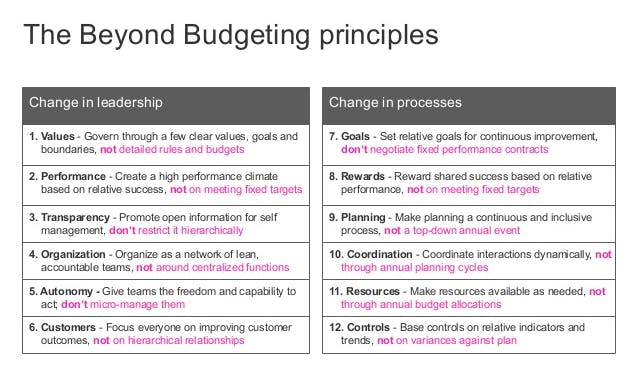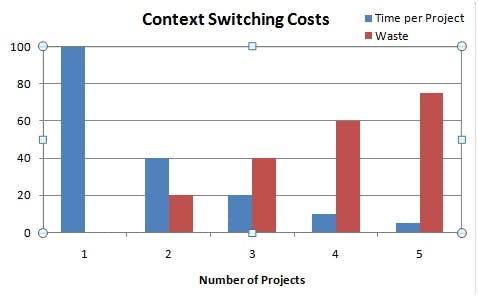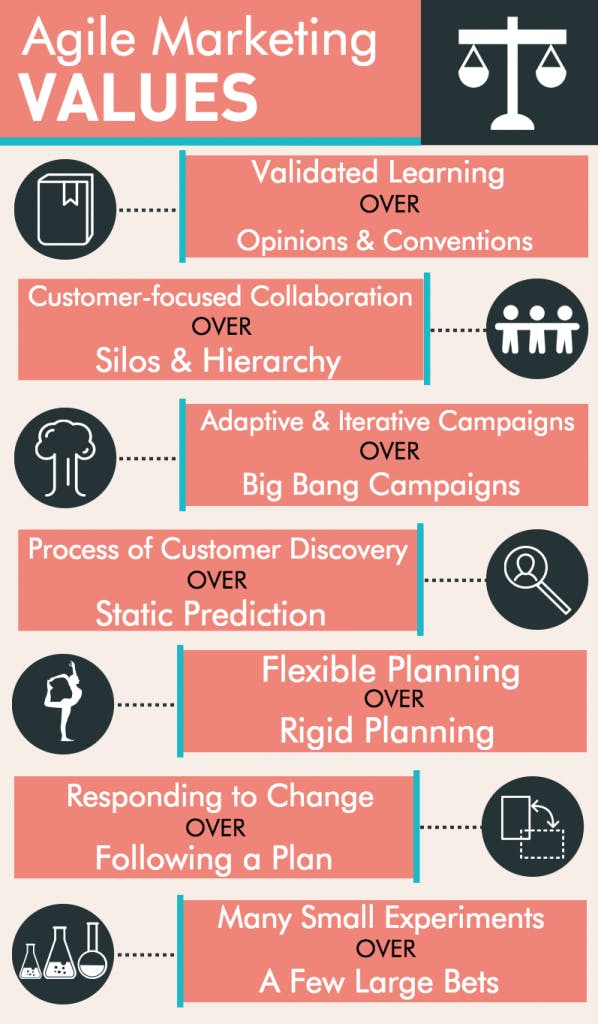Demystifying Agile: Applying Agile to non-software development projects and teams
My experience working both with startups and at PALO IT has taught me that Agile practices don’t only apply to software development teams. Agile represents a new way to increase the efficiency of any team, respond to changing requirements, and deliver value to clients.
Misconceptions of Agile
It’s true that the Agile Manifesto was at first written for software development. However, the underlying “why” behind the manifesto is all about increasing adaptability and delivering valuable outcomes for customers, regardless of the domain. It allows companies to flourish in markets that are increasingly uncertain and complex. Agile helps businesses deliver instant value at scale. For organisations to survive the volatile market, they found it rational to embrace Agile.
Today there are over 70 different Agile practices, many of which are still evolving. So let's debunk the myth that Agile is only for software development...
Getting flexible with budgeting
At the heart of traditional project management, the budgeting process and the budgeting mindset are still king. Organisations are used to drawing up quarterly budgets, reassessing them at the end of each period and making changes where needed. In order for organisations to become more responsive to the changing needs of the customers, the budgeting process must be addressed for organisations to become more Agile.
As Biarte Bogsnes pointed out in Implementing Beyond Budgeting: Unlocking the Performance Potential, "One of the most stubborn myths in traditional management is that the only way to manage cost is through detailed annual cost budgets, with a tight follow-up to ensure that no more is spent than is handed out”. Lack of flexibility can lead to wasted resources and effort if it no longer responds to the customer’s needs.
To put this misconception to bed, organisations can benefit from transitioning from a traditional budgeting process to 'Beyond Budgeting'—the practice of creating shorter rolling budgets and reviewing them at regular intervals.

Credit: Bjarte Bogsnes
No matter what team you belong to, a company survives on delivering value to their clients. If your team is constantly looking to improve their work in shorter intervals, than the budgeting within the organisation must match the strategic vision. Toyota, for example, made resources available just-in-time to meet each customer order.
Embracing Agile doesn't mean abandoning the construction of a roadmap, it's still essential for companies to adhere iterations to a long-term goal, but this goal should be accompanied by a cost-conscious mindset and make resources available as needed. Traditional budgeting has in many ways obstructed the nimbleness of companies. If other teams and projects can adopt Agile to become more efficient, it can lead to more valuable outcomes for the customers.
Limiting work-in-progress and maintaining workflow
Imagine chewing a piece of gum and watching TV at the same time. It’s easy to do both at the same time right? Now try to engage in a conversation with someone while reading a book. It’s an impossible task. The idea of “multi-tasking” has always been a buzzword in the business world. However, when we try to multitask, it diminishes our brain’s ability to focus and maintain attention on a single goal. When we multitask too much, we don't perform any task well, as our brain is overloaded.
This idea can similarly apply to the workflow of any non-software project. Kanban methodology has taught us that we should limit our work-in-progress.Instead of juggling 10 tasks at the same time, it’s much more productive to focus on, at most, three tasks at hand.

Credit: Roger Brown
Any team would benefit from adopting a 'stop starting, start finishing' mindset. According to the graph above, distributing time to different projects actually harms progress more than you'd think it would, and creates waste that further hinders customer value. Computer scientist Jerry Weinberg has shown that even if you account for a 10% penalty for each context switch, in reality, the cost is even higher.
Even as Agile preaches the positives of forming a cross-functional team, team members should not seek to multitask different projects with a wide spectrum of context. For example, when a team member leaves to do work that is not related to the team’s work, the rest of the team has to compensate for time lost, as well as help the returning member catch up on context.
Setting work-in-progress limits helps teams to reduce context switching and avoid slowing down the whole team with an ever-expanding scope of work. This practice also reduces the number of mistakes committed by teams overloaded with tasks.
The implementation of Agile Marketing
To encourage non-software development teams to embrace Agile, it’s important to demonstrate the value and cultural change that an Agile approach can deliver. Agile Marketing is a shining example.
Agile Marketing can be defined as an Agile approach in which teams “identify and focus their collective efforts on high-value projects, complete those projects cooperatively, measure their impact, and then continuously and incrementally improve the results over time” - Andrea Fryrear, author of Death of a Marketer
Since the approach embraces rapid iterations and data-driven decision making, it ensures your marketing investment is being optimised.

Credit: Inbics
To implement Agile Marketing, teams should seek to develop flexible roadmaps of projects and tests instead of rigid upfront planning that's not adaptable to changing conditions. For example, a marketing team can release a part of a marketing campaign to selected users. Through this approach, the team can collect valuable data and user metrics to determine their likes and dislikes. The collection of this data will also help marketing teams to continuously improve their content.
Agile Marketing embraces the visualisation of a team’s current workflow, and the transparency of each project is amplified by increasing communication and honesty. Agile supports the team to collectively own the process of each project, and encourages them to speak up and contribute to the overall project vision. With the aid of project management tools, stakeholders and team members can be aware of what’s going on at all times during the project lifecycle, including the team’s responsibilities and budgeting. In addition, Agile Marketing serves as a risk buffer, as companies no longer have to pour huge funds into a single marketing campaign that may not resonate with users.
As long as you can help teams improve communication and workflow, you're one step closer to Agile success. In reality, there is no one-size-fits-all approach to introducing Agile to your non-software development projects and teams—but make no mistake, there's a fit that works for you. Don’t be afraid to experiment! You needn't coerce your team into an approach that doesn't fit their needs. Instead, strive for continuous improvement, and never be complacent about adopting new ways of implementing Agile.




